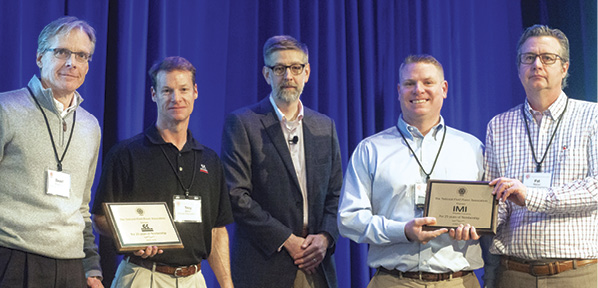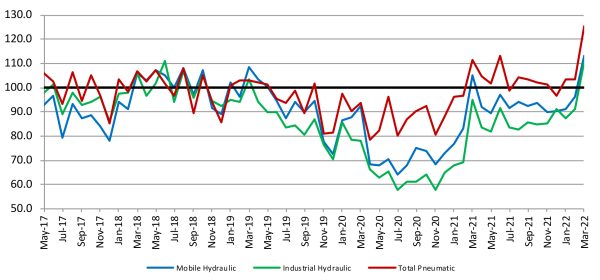Second FPIC Seminar on Additive Manufacturing Continues Successful Series
By Eric Lanke, NFPA President/CEO
On June 2, 2017, I had the privilege of attending the second seminar of MSOE’s new Fluid Power Industrial Consortium (FPIC). Through a quarterly series of half-day seminars on the latest fluid power technology advances with immediate implementation, FPIC provides a platform for fluid power OEMs, manufacturers, SMEs, and distributors to network, problem solve, and access cutting-edge technology.
NFPA is a supporting partner of FPIC. As a result, NFPA member companies are exempt from the annual FPIC membership fee and are able to participate freely in the quarterly seminars. Members of NFPA’s Roadmap Committee, who assist us in maintaining the NFPA Technology Roadmap, are especially encouraged to participate. It is expected that FPIC seminar topics will provide Roadmap Committee members with an ideal way to stay abreast of the technological advancements that will influence the direction of our roadmap.
The seminar on June 2 was a great example of this process in action. Twenty-five people, including sixteen NFPA members, were in attendance, and they heard presentations on cutting-edge additive manufacturing applications for today’s and tomorrow’s fluid power industry. Additive manufacturing is one of the enabling technologies recently highlighted on the Fluid Power Manufacturing Roadmap, so it was great to see both how fluid power companies are and could use this technology to improve their products and their bottom lines.
Presentations Include
How to Use Advanced Software and 3D Printing to Create High Quality Castings for the Fluid Power Industry
Terry Senish, Director of Technology Applications, ExOne Americas
This was a presentation with a lot of practical application for fluid power manufacturers, some of whom are beginning to find value in the 3D printing of fixtures and castings for the traditional production of their parts. Terry told us that ExOne’s additive processes create cores and castings that can cast all the metals that are used to construct standard fluid power components.
Additive Manufacturing: Transitioning from Prototyping to Production
Ankit Saharan, Senior Applications Developer, EOS North America
This presentation was more forward-looking for the fluid power industry, assessing the state-of-the-art of current additive technologies and their possible application to the direct printing of fluid power components. Ankit’s firm works with many different industries to create 3D-printed parts, but the firm hasn’t yet worked with a fluid power manufacturer. In the discussion that followed, it was agreed that a real opportunity existed to start printing some fluid power prototypes, and then use the testing labs and facilities at MSOE to validate the material strengths and properties of the resulting parts.
Following these presentations, our seminar host, Michael Reader, president of Precision Plus, spoke to the group about some of the outreach and workforce development programs he has led at his company, a manufacturer of precision turned parts for fluid power and several other industries. I thought his partnership with his local technical college and the many internship positions he offers to high school students was a model for other NFPA members to follow.




